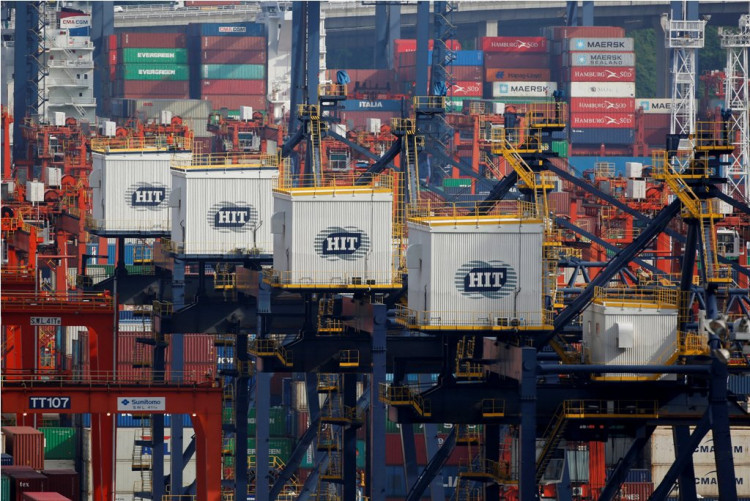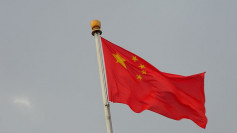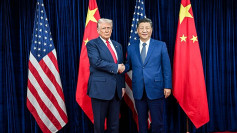China's trade data released in early March shows positive news that could increase the confidence of investors as its exports gained from its steepest drop in February. The data released by the General Administration of Customs showed that the nation's export in the first nine days of Marched increased by 39.9 percent when compared to last year.
On Friday, figures were also released that showed that China's export in the month of February fell 20.7 percent when compared to the same period in 2018. The China-United States trade war affected the nation's export.
Allan von Mehren, the China economist at DanskeBank, said that positive news on exports could help shore up confidence a bit and thus stabilize the economy and help drive a moderate recovery. He thinks that the advance March data announcement may be because of the overall concern over the economy and negative sentiment that is pervasive among households and companies.
Ni Yuefeng, China's Customs chief told Xinhua that China's exports increased after the Lunar New Year holiday. He also said that from historical data, its normal for there to be fluctuations in data for the Spring festival month. He added that they are full of confidence about the next stage of import-export growth as he looks at the export trend after the Spring Festival.
Zhong San, China's commerce minister said that the quality of goods being exported had also increased aside from the rise in the volume of exports as hi-tech products now accounts to 30 percent of the total exports of the nations.
The government's data said that China's total trade increased by 24..7 percent during the first nine days of March and 21 percent in February's second half when compared to last year during the same periods. Some analysts, however, warned that the partial March figures may not determine the trends in trade when the United States-China trade war is concerned.
Alicia Garcia Herrero, the chief Asia-Pacific economist at investment bank Natixis, said that she thinks that it is too early to discuss a rebound but it is what it suggests. She also said that it could also be a front-loading effect as actors are not sure whether the current truce between the United States and China will continue depending on how the negotiators are closed. There were no recent developments in the trade friction between the two nations.
Herrero said that Chinese New Year fell on February 16 in 2018, and since workers typically start to return to the city after the 15th day of the Chinese New Year, the late Chinese New Year dampened export activities in the first week of March 2018.






